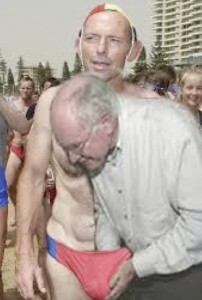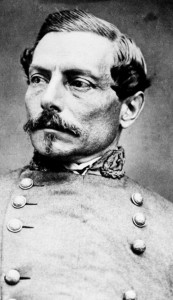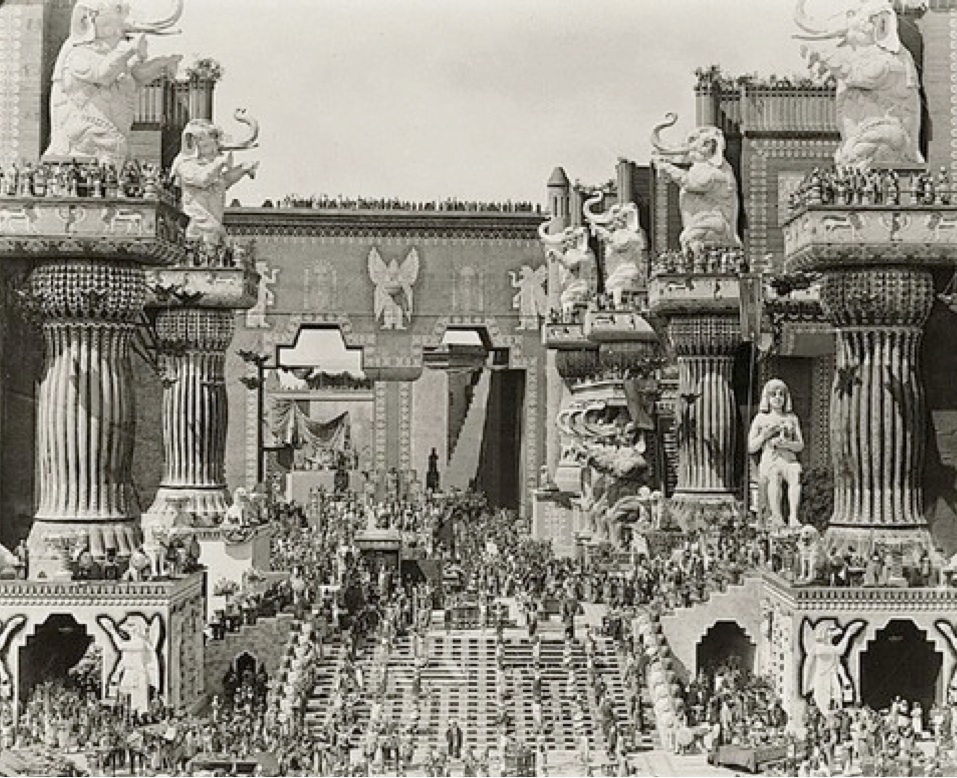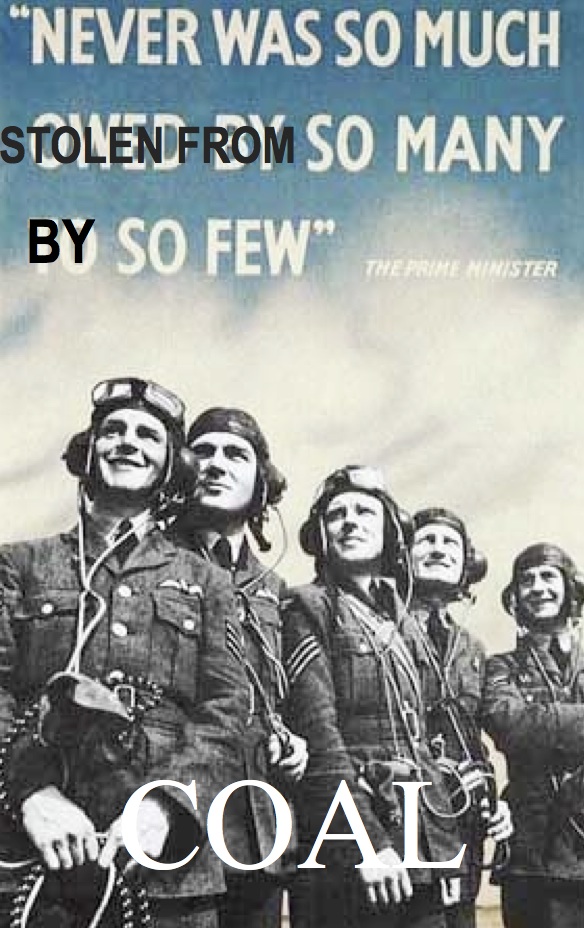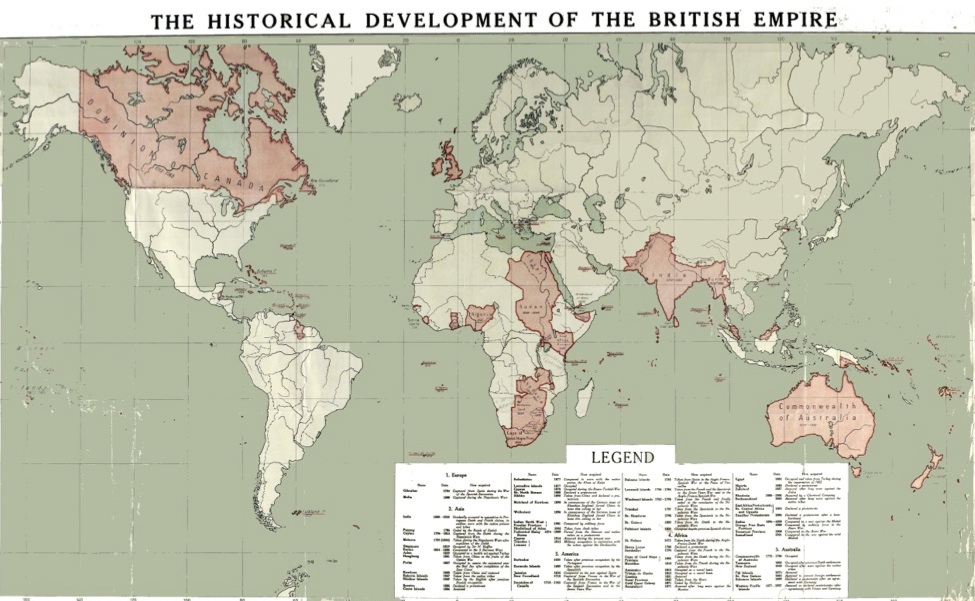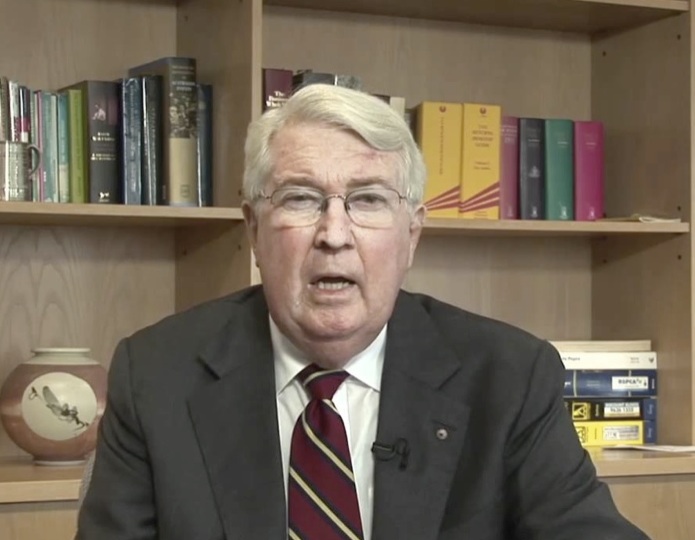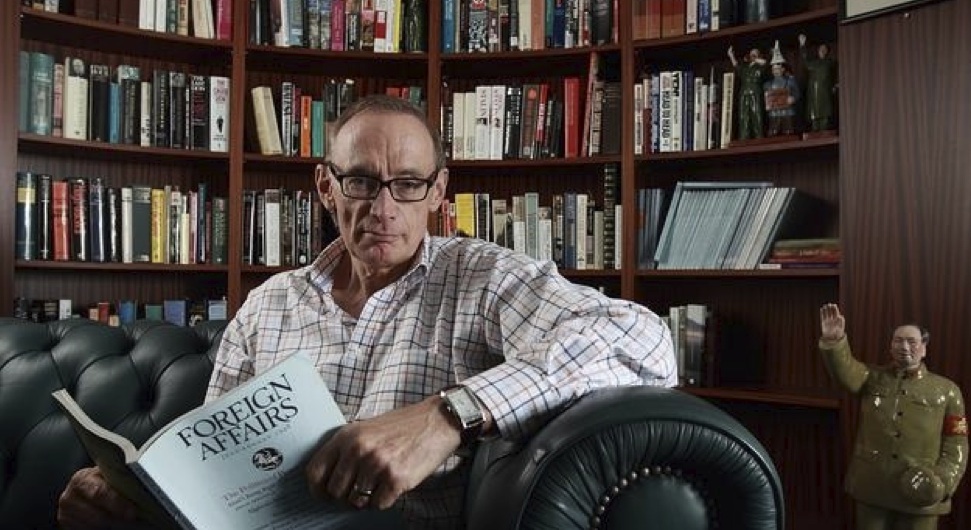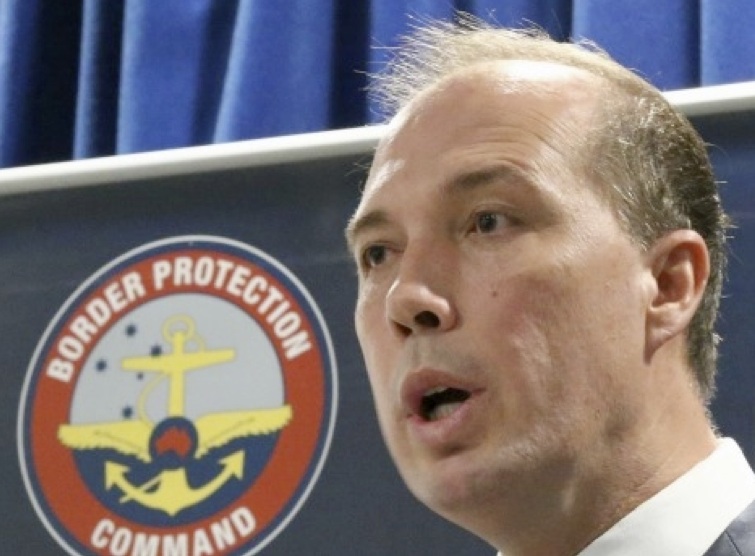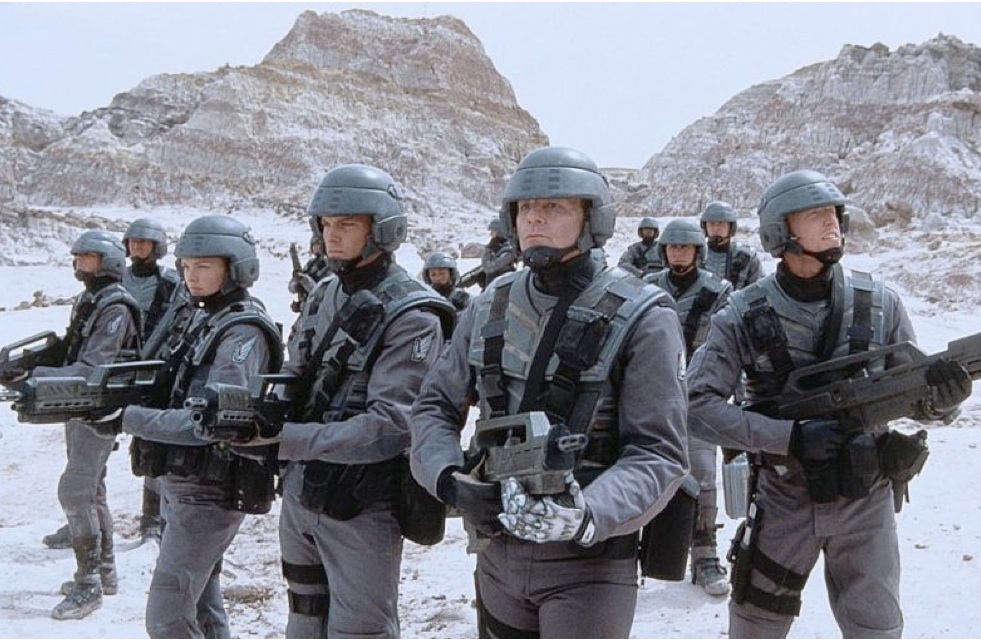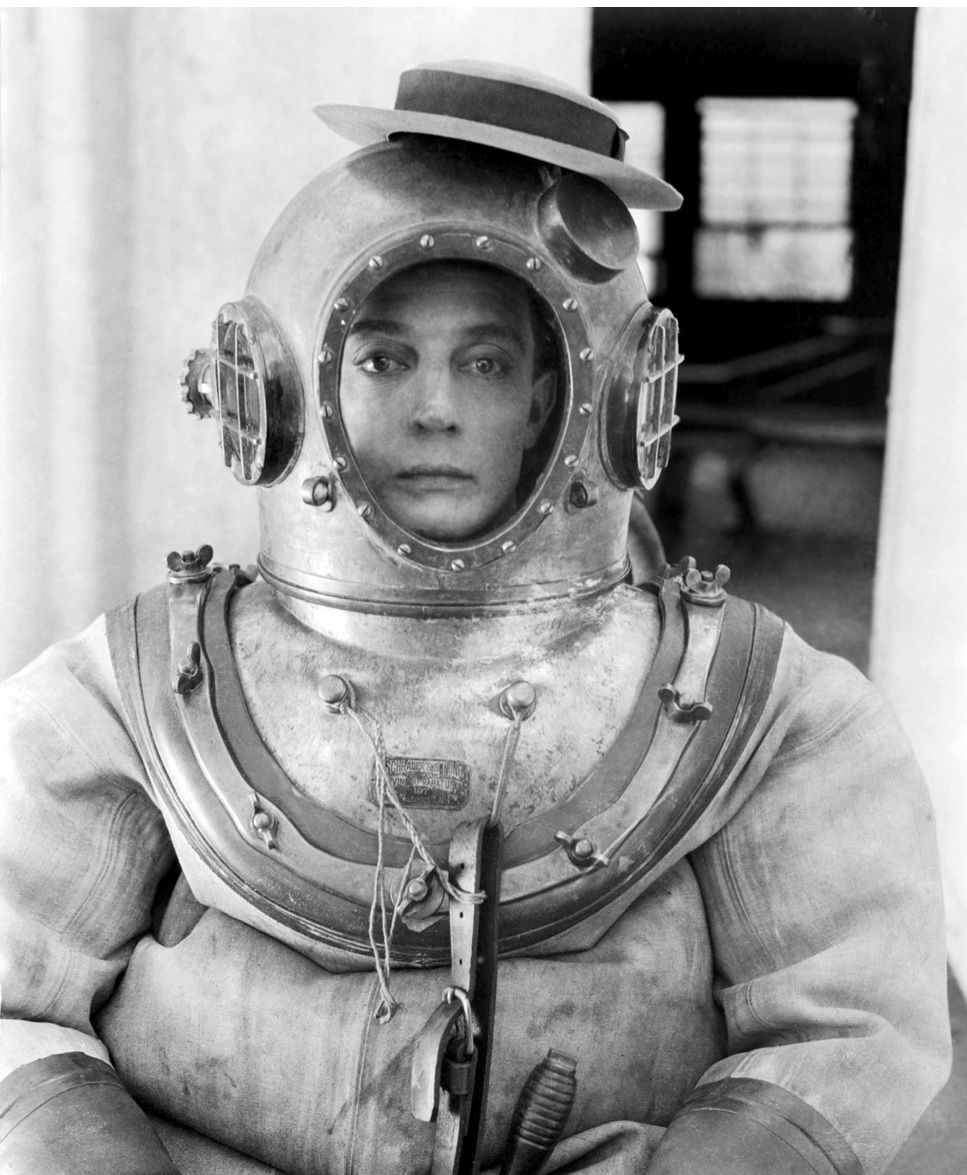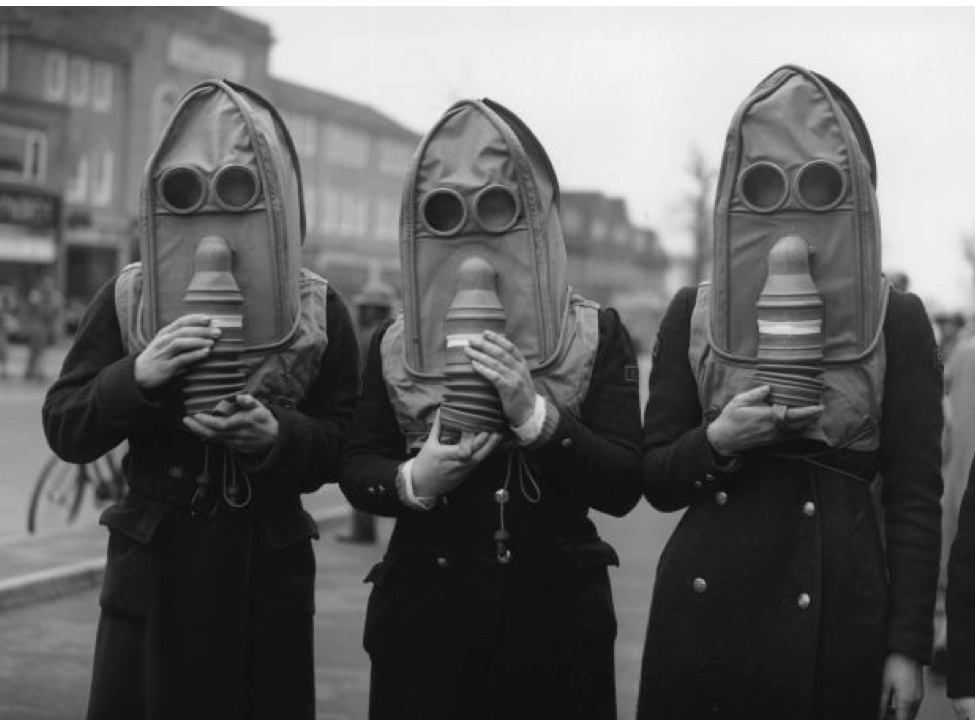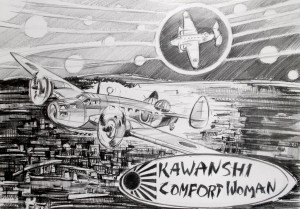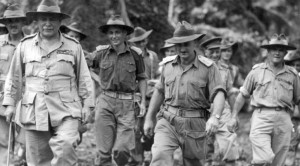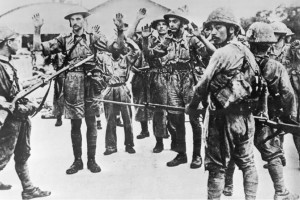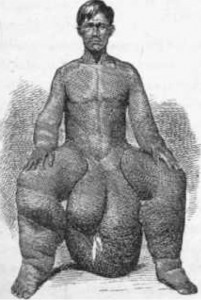This dispatch first saw the light of day on 6 Oct 2012. Oh that it were now irrelevant.
Bonjour mes long suffering amis,
Apologies for the lack of brièveté in this dispatch. Do they still teach ‘précis’ in high school?
A dispatchee sent me a book by Judy Robinson: ’Bushman of the red heart- Ben Nicker 1908-1941.’ I always have a bedside book ‘on the boil’. This one only took three nights to finish.
A few weeks ago it was announced that the promised referendum on whether the First Australians should rate a mention in the Australian Constitution has been deferred. One of the reasons given by Jenny Macklin was that: “…we recognize that there is not yet enough community awareness or support for change to hold a successful referendum at or before the next federal election….”
La Macklin did not have any such qualms regarding lack of support when the Stronger Futures Legislation sailed through both houses of parliament virtually unopposed. The lower house passed the legislation before the Senate Inquiry into the proposed legislation tabled its report. Just reminding you of the serious debate that took place:
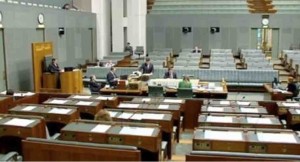
This photo (from the Concerned Australians’ website) shows the lower house in action at the time they passed the legislation. As I wrote at the time: ‘well do they deserve their perks and pensions’
This despite the 462 submissions and 560 form letters received by the enquiry. Over 95% of the submissions opposed the legislation which the submissions invariably dubbed ‘the second Intervention’. Not to mention the more than 35,000 people (mostly Australians) that signed an online petition opposed to the legislation. A pox on both your houses, I say.
Oh if only: “….we recognize that there is not yet enough community awareness or support…. We are deferring Stronger Futures into the distant future!”
Well, I can assure you all in the Australian Coastal Voter Belt, that here there is ample ‘awareness’ by those bearing the brunt of Stronger Futures. Am told that a water tank north of here in the Tanami Desert has scrawled on it “STRANGLER FUTURES”.
A song dedicated to Jenny Macklin and her team of assimilationists:
I don’t want your mansion….
You can’t buy my love with money…
But you think I should be happy with your money… while you play your cheating game!
http://youtu.be/flLoj5qxURw
In 1923, fifteen year-old Ben Nicker did a solo crossing of the Tanami Desert. It could be said he was the Jessica Watson of his time.
In 1923, my father was a 6 year-old Dutch child living in Germany. From his anecdotes
“In 1923 during the ‘Weimar Republic’ Germany suffered hyperinflation. One thousand mark bills for example would be over-printed with 1,000,000,000 Mark. Dad once told me about the neighbor that paid the rent with a wheelbarrow full of paper money. Makes you wonder about all those people that think they’re rich because a couple of zeroes have been added to the ‘value’ of their house! (In Australia elections are won or lost on the basis of such fallacies).”
In 1932, fifteen year old dad crossed the German-Dutch border. He ran away from home telling his parents that Germany was not a good place for ‘us foreigners’ to stay. I’ve only just recently been made aware that part of dad’s tactics to make his parents follow him to Holland was to kidnap his two year old sister! Opa Baarda’s first action on being reunited with his little daughter in Amsterdam was to give his son a hiding in front of the neighbourhood.
In 1932, Ben Nicker and his camels joined Michael Terry and Stan O’Grady in a prospecting expedition that took them west of Pikirlyi and Yapawarriji (springs on the slopes of Mt. Davenport-itself sometimes referred to as Pikirlyi).
In 1933 during a follow up expedition they returned to ‘west of Davenport’ where they had previously located a quartz reef with ‘pyrites of arsenic’ according to Michael Terry’s 1937 book ‘Sand and Sun’.
There they spent two weeks doing some ‘serious prospecting’ according to Judy Robinson’s book.
Before the Intervention, the locally owned Yuendumu Mining Co (YMC) enjoyed a significant share of Yuendumu’s retail trade (food, fuel and automotive parts and repairs). Despite being one of the lowest priced ‘remote stores’ in Central Australia, useful surpluses were generated that allowed YMC the luxury to indulge in mineral prospecting in its own right. The Granites gold deposit was discovered by Davidson in 1901, and enjoyed a brief flurry of activity during the depression years of the 1930’s. The Chapman family “worked” the deposit until 1953. Around 1987 the Granites region rose from the ashes of history to become a significant gold producer which it continues to be today.
YMC became actively involved in this modern day ‘gold rush’ by applying for numerous exploration licences in competition with some major industry ‘players’. Over the years millions of dollars were spent on areas in which YMC held an interest.
An area mapped by the Bureau of Mineral Resources (BMR) as “Lander Rock Beds” (equivalent to the Mt. Charles beds- the host formation for gold at the Granites) was chosen to apply YMC’s “leap frog” sampling technique.
Two vehicles and a GPS (a large black box as used in the first Gulf War) were used. Harry Collins, Micah Hudson, Grant Granites, Dougie Wilson, Adrian Winwood-Smith and myself took part. I’d explained that soil samples should be taken to represent as large an area as possible such as at the base and intersection of two scree-slopes. Each vehicle had a Warlpiri driver and navigator and a white-fellow recorder/prospector . Our navigators had an uncanny ability to guide the drivers at high speed through the scrub to what in hindsight proved to be the ideal most effective sampling points. The two vehicles leap frogged as samples were dug, sieved and labelled and rock type, vegetation etc. and GPS positions duly recorded.
It took only half a day to ‘cover’ all outcropping low hills over a large area with 32 samples. A few samples contained traces of gold (in parts per billion) and many had a high to very high arsenic content (parts per million). In nature arsenic and gold often occur together. Arsenic rich rocks are the haystacks in which the needles of gold can be found.
Adrian had to be in Adelaide, and while there delved into Michael Terry’s diaries which are kept at the SA Museum.
In 1933 they’d watered Ben Nicker’s camels at a permanent water hole at the junction of two creeks (which on the map in the Robinson book is called Mijinpanta) and Adrian made notes about directions and distance to the potentially auriferous reef from the water hole . With the help of three aerial photographs (all we could afford!) we identified and located the waterhole at the creek junction. Following the directions from Adrian’s notes we ended up in an area of younger non prospective rocks- which the BMR geologists had named the Nicker Beds! We realised that we’d got close to the area we had previously sampled, so after this false start we headed for the sampling spot which had yielded the highest arsenic value. Directly 100 or so metres upslope from this (marked) sampling location, there it was, a prospector’s pit on a quartz reef. ‘Speared’ into the pit was a mulga post on which were carved the initials MT, SOG and BN and the date 16/5/1933! We’d re-located it almost 60 years after. We named it Terry’s Prospect.
Subsequently and independently Colin Watson(the male nurse at Nyirrpi – the closest community to Terry’s Prospect) was told by B. Jungarrayi that as a young lad he’d regularly travelled from Pikirlyi to Nyin-yiri-palangu (Ethel Creek) on a donkey. On one occasion he noticed a mulga post sticking up on a low hill. On investigation he saw some marks carved on the post. Jungarrayi couldn’t read and guessed that the carvings might be kardiya (white fellow)’s sacred markings. Out of respect he ‘speared’ the post into the pit so it couldn’t be noticed from the base of the hill.
YMC ‘developed’ the prospect into a 4 Km. long arsenic anomaly with ‘spotty’ gold values, as well as identifying a plunging anticlinal structure with a stockworks of thin quartz veinlets along the hinge, before ‘farming it out’. Subsequent sampling and drilling failed to locate a commercial ore-body. It is the closest YMC came to making the ‘big league’!
After the Gold Rush:
http://youtu.be/N88YgEKGMzI
Those were the ‘good old days’ of self-determination. Back then there was Ngalipa (All of us-first person plural inclusive). We have now reverted to Nyanungupatu manu Nganimpa (Them and us- third person plural and first person plural exclusive). At Yuendumu school they had “team teaching”. A yapa and a kardiya team in virtually every class delivering a ‘stepped bilingual programme’ aimed (and often succeeding) in ‘producing’ fully bilingual and bi-literate students. In the field YMC used a team approach combining Warlpiri bush-sense and geographical knowledge with modern mineral exploration techniques and historical research.
We are told the Intervention is over.
It’s all over now…
http://youtu.be/RJ8STf6x3gE
We no longer have a GBM (Government Business Manager). We now have a GEC (Government Engagement Co-ordinator) (cute n’est ce pas?).
Same person, same chain wire surrounded accommodation, same four wheel drive vehicle, same salary and perks, same job (to spy on us)….
Vive la différence….
http://youtu.be/KxLCngnm1Zc
No more NT Emergency Response! We are Closing the Gap towards a Stronger Future!
Au revoir,
François

